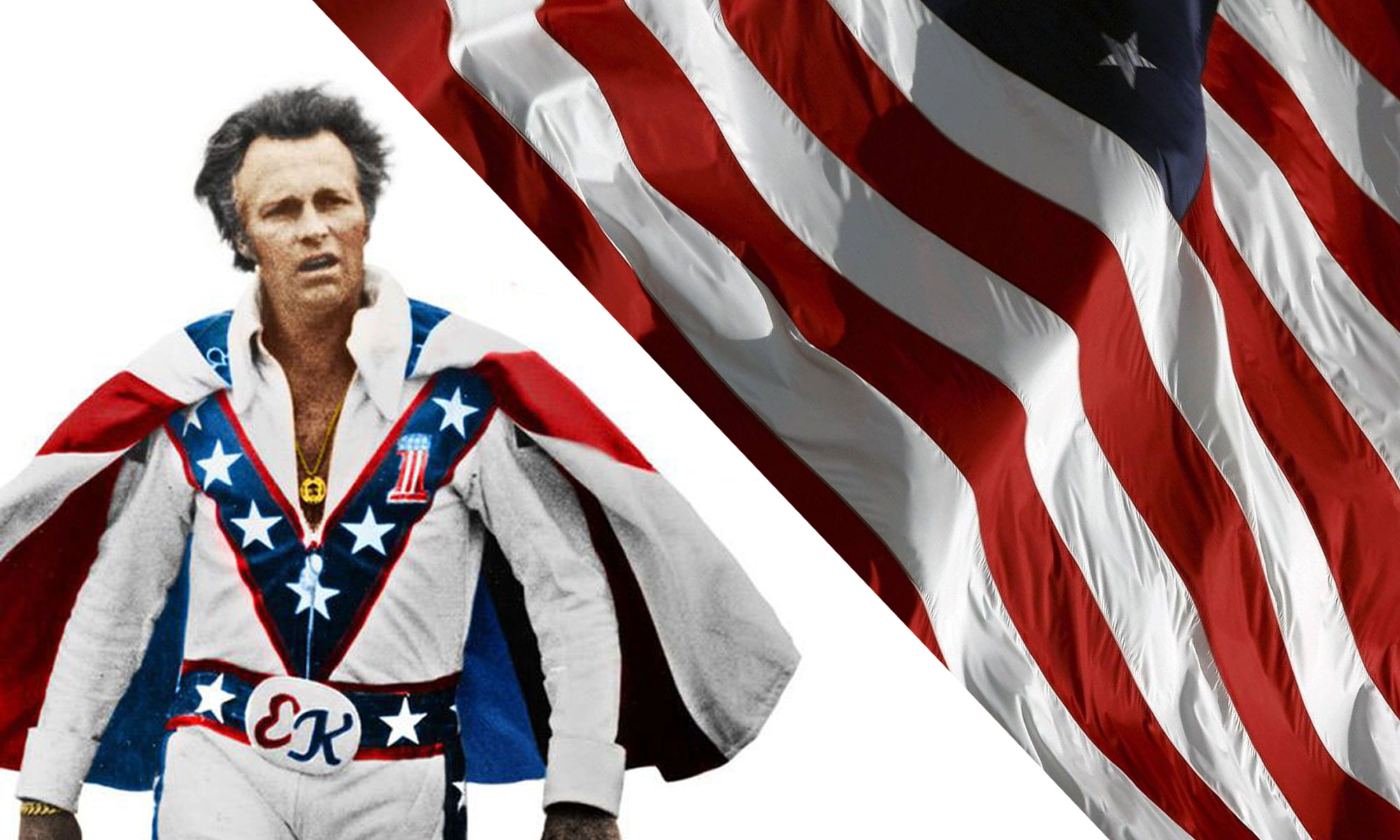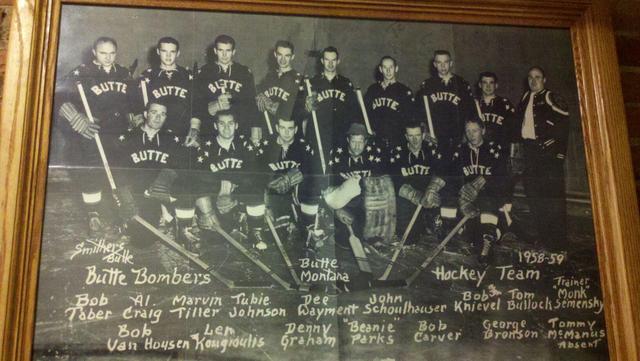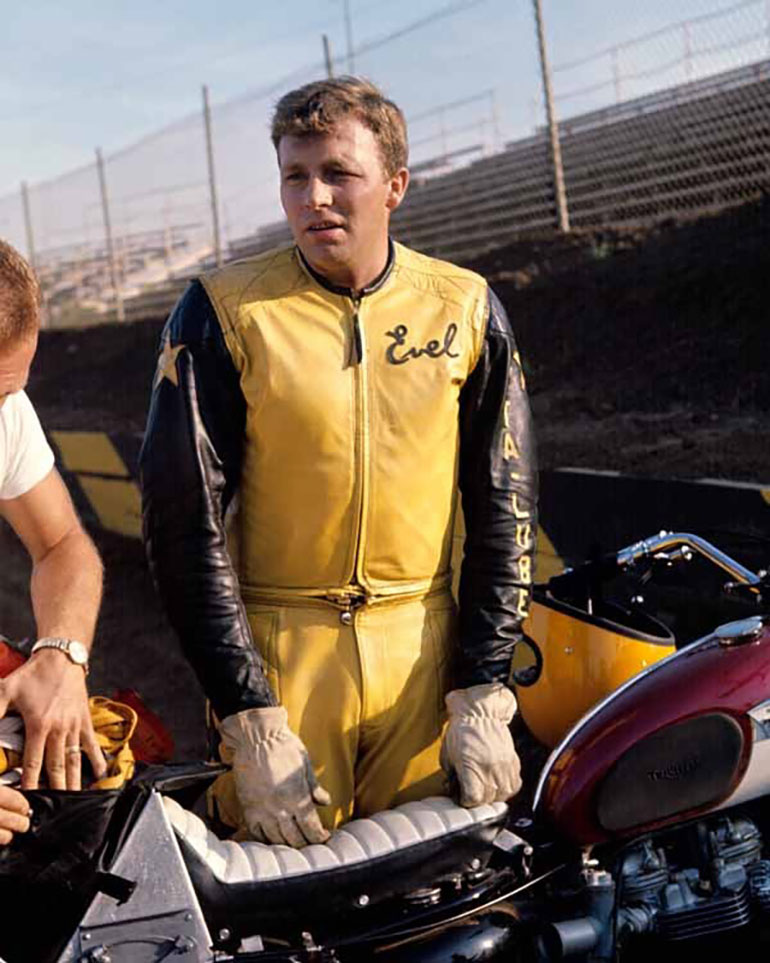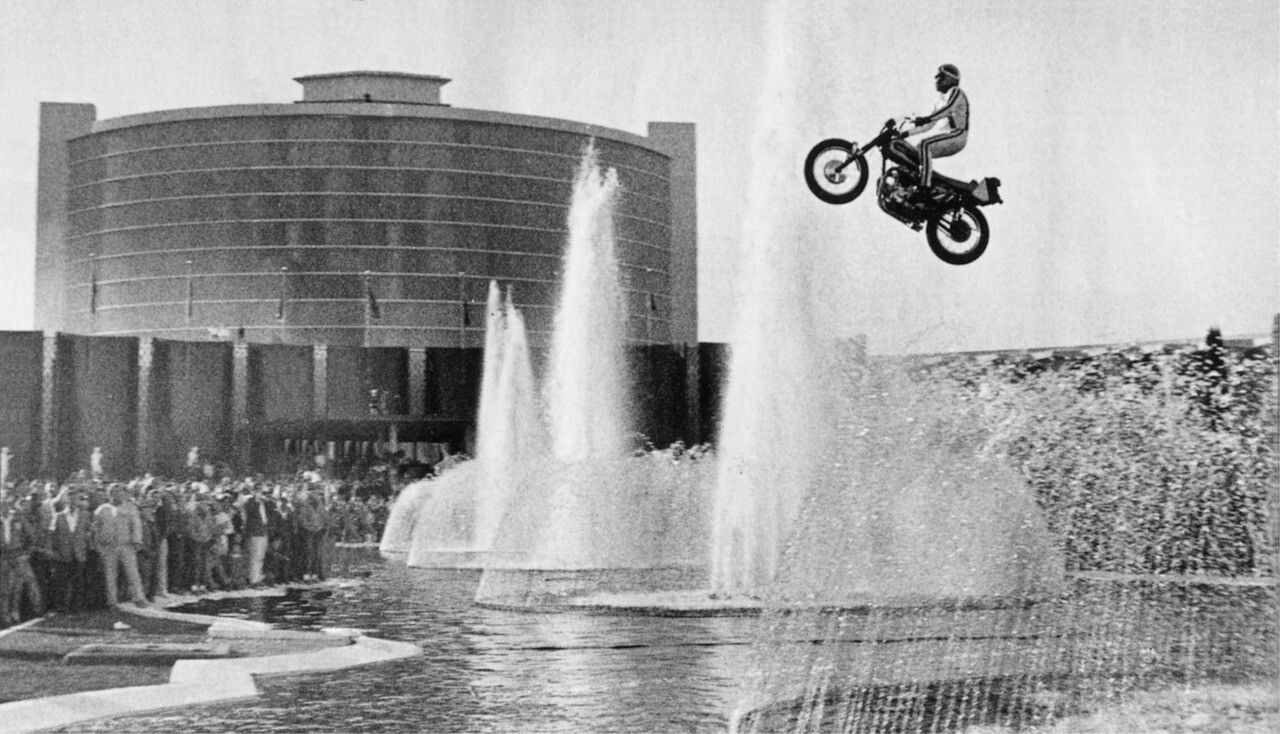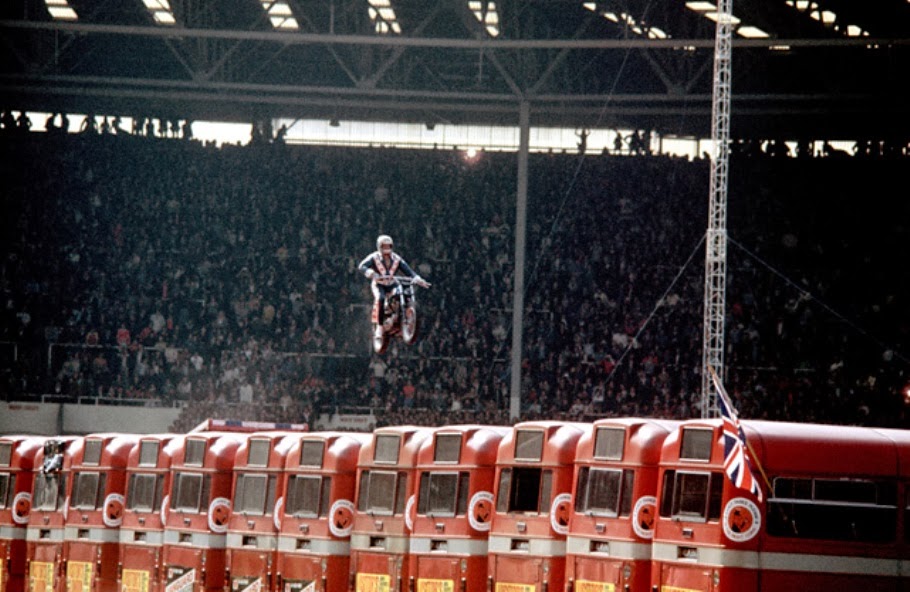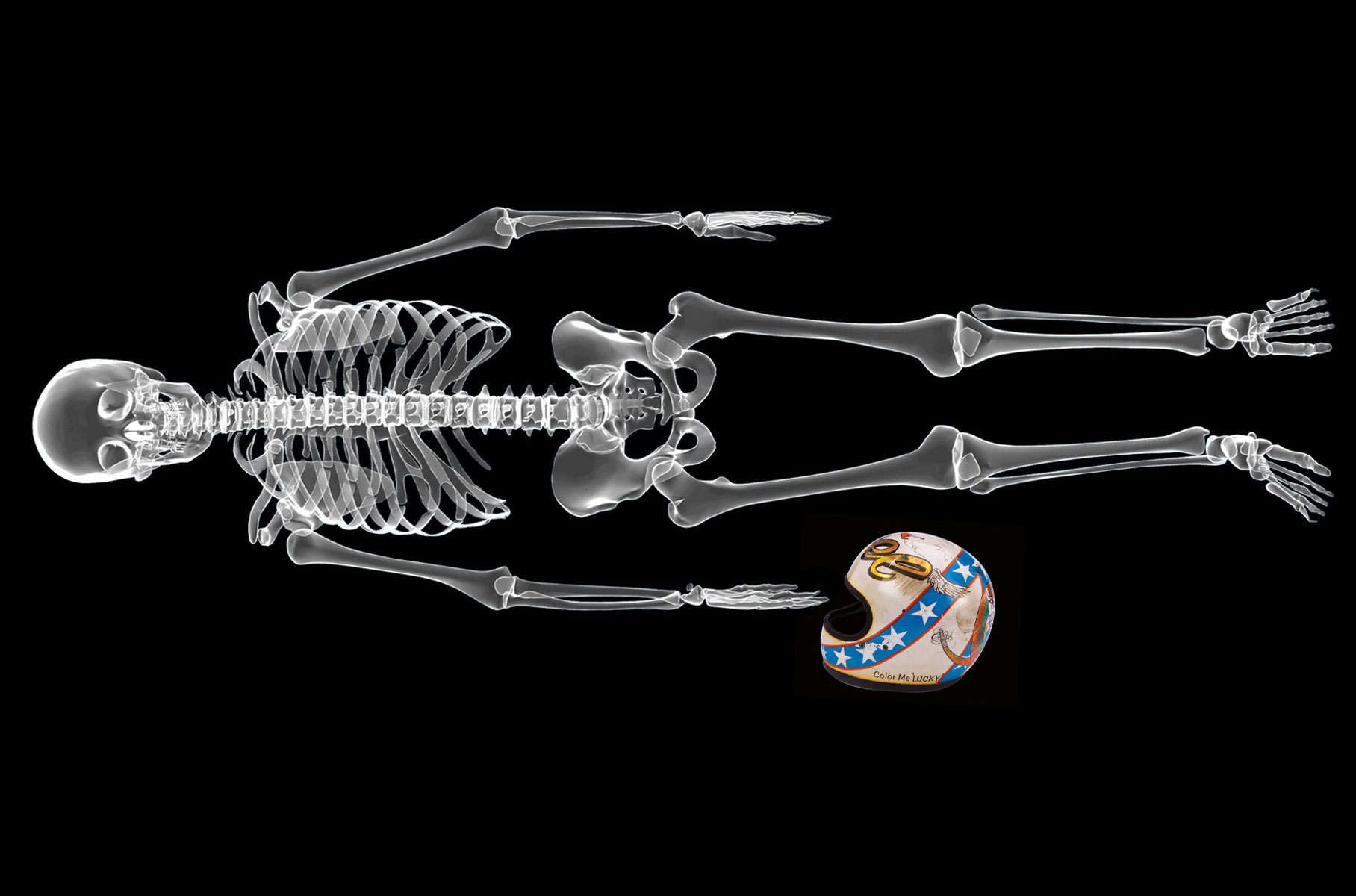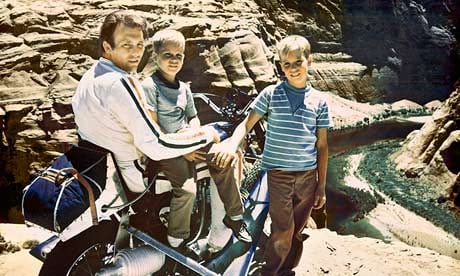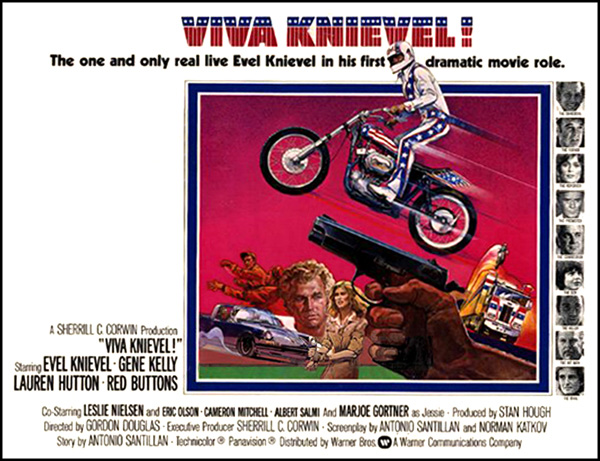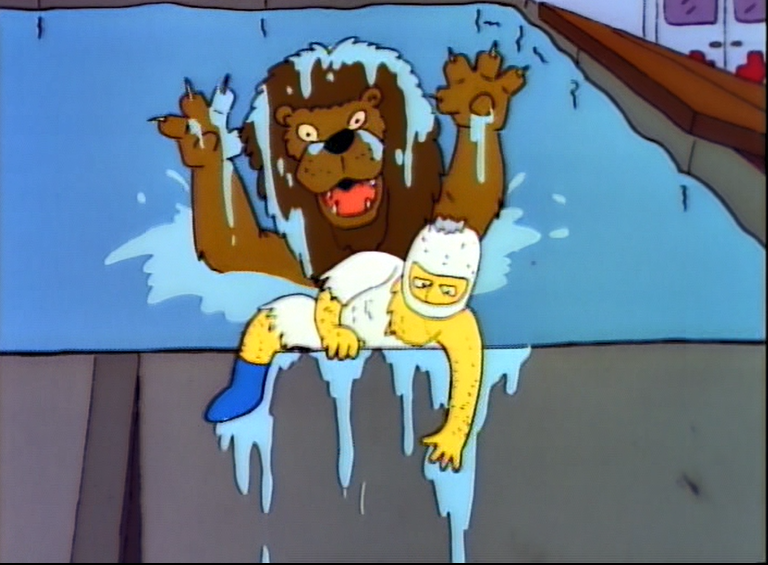Evel Knievel. A name that for many immediately brings to mind broken bones, death-defying stunts, and star-spangled motorbikes. But behind Knievel’s most famous stunts, who was he really? What motivated him to do what he did time and time again? Draw the curtain of show business shut, and what kind of man were you left with? This, right here, is the full story.
Unsurprisingly, Evel Knievel wasn’t Evel Knievel’s real name. Born Robert Craig Knievel Junior, on the 17th of October 1938 in Butte, Montana, he was the eldest of two. After his parents divorced in 1940 and left Butte, Knievel and his brother Nicolas were raised by their grandparents.
Knievel’s love affair with stunt performing began when, aged just eight, he attended a Joie Chitwood auto show. Chitwood was an American race car driver and daredevil, and someone who Knievel would later credit as being the man who most influenced his unorthodox career decision.
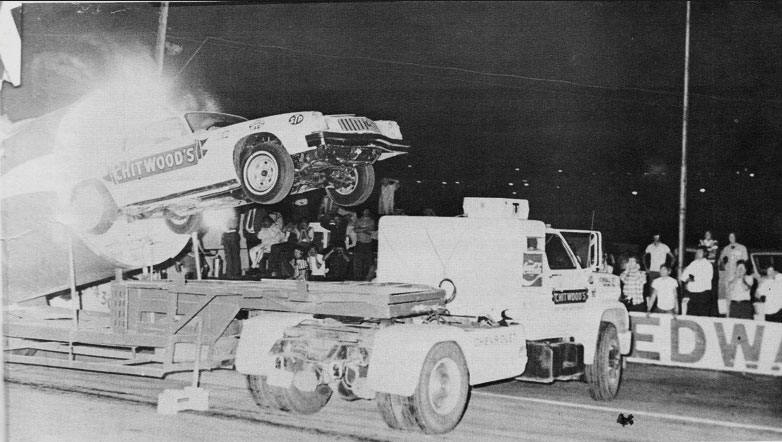
After leaving high school, Knievel got a job in the copper mines as a drill operator but in classic Knievel style he was fired from this line of work after an attempted stunt with an earth mover resulted in him driving into a power line; cutting off the city’s electricity supply for several hours.
In 1956, Knievel crashed his motorbike and was taken to jail on a reckless driving charge. The story goes that the cell just along from Knievel’s that night was occupied by a man named William Knofel. Knofel was known locally as “Awful Knofel” and Knievel adopted the moniker ‘Evel’ soon after. It sounds too Hollywood to be true, but then nothing much else about Knievel’s life was normal so go figure.
By this stage, Knievel’s addiction to adrenaline was clear to see. He took part in local rodeos, ski jumping events, and even became a pole vaulter during his brief stint in the United States Army. Upon returning from the army, Knievel returned to Butte and married Linda Joan Bork. Knievel, a man of constant surprises, started a semi-pro hockey team called the Butte Bombers shortly after his wedding.
